
Welcome to our comprehensive guide on the best cars for new drivers! Navigating the world of car buying as a novice can be both exciting and overwhelming. Whether you’re a newly qualified teen or an adult taking the wheel for the first time, choosing the right vehicle is a big decision. Our guide simplifies this process by detailing a carefully curated. vehicles that combine safety, affordability, and user-friendly features – all tailored to the needs of new drivers.
From compact cars designed for city manoeuvring to spacious options ideal for long journeys, we’ve got you covered. Join us as we delve into the key factors every new driver should consider when purchasing their first car and explore the top contenders that make for an ideal companion on the road to confident driving.
Best small cars for new drivers
When considering the best small cars for new drivers, safety, reliability, ease of handling, and affordability are key factors to keep in mind. Here are some vehicles that could be popular options for new drivers:
Ford Fiesta:
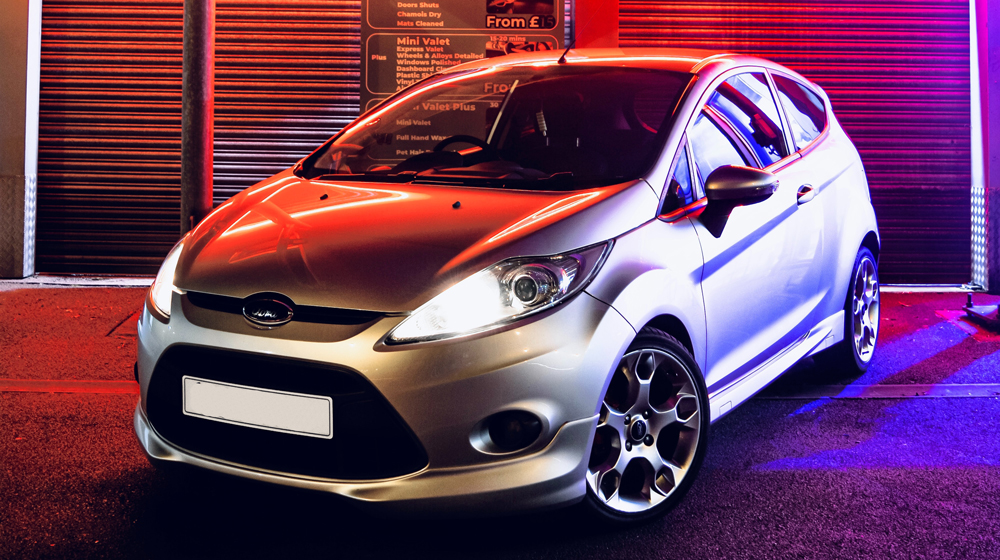
Photo by Sam Pearce-Warrilow on Unsplash
The Ford Fiesta is known for its fun-to-drive nature and compact size, making it great for manoeuvring through city streets. It’s available in both sedan and hatchback configurations.
Toyota Yaris:
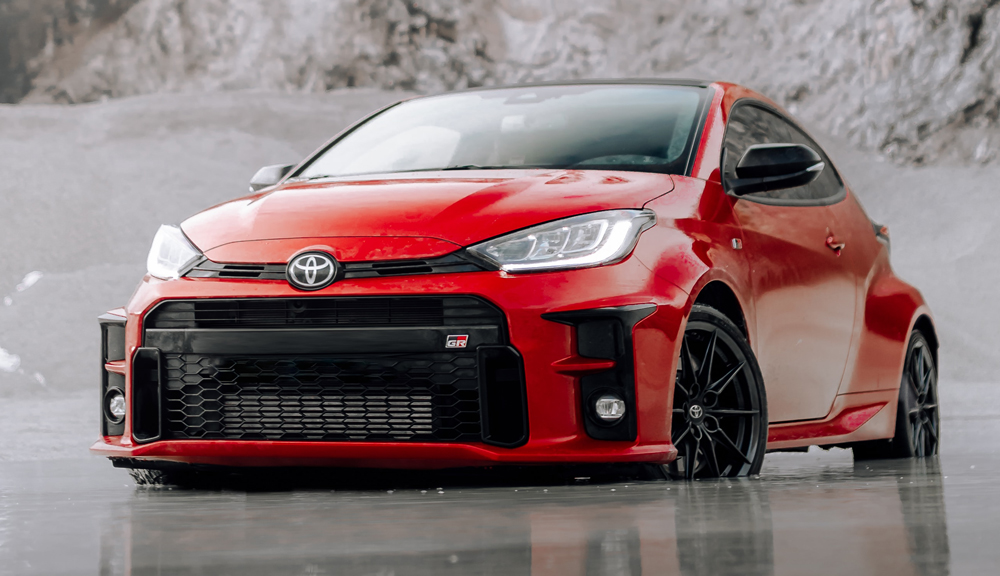
Photo by Martin Katler on Unsplash
The Toyota Yaris is a compact car available as a sedan or hatchback. It’s easy to manoeuvre and offers good fuel efficiency, making it suitable for city driving.
Fiat 500:
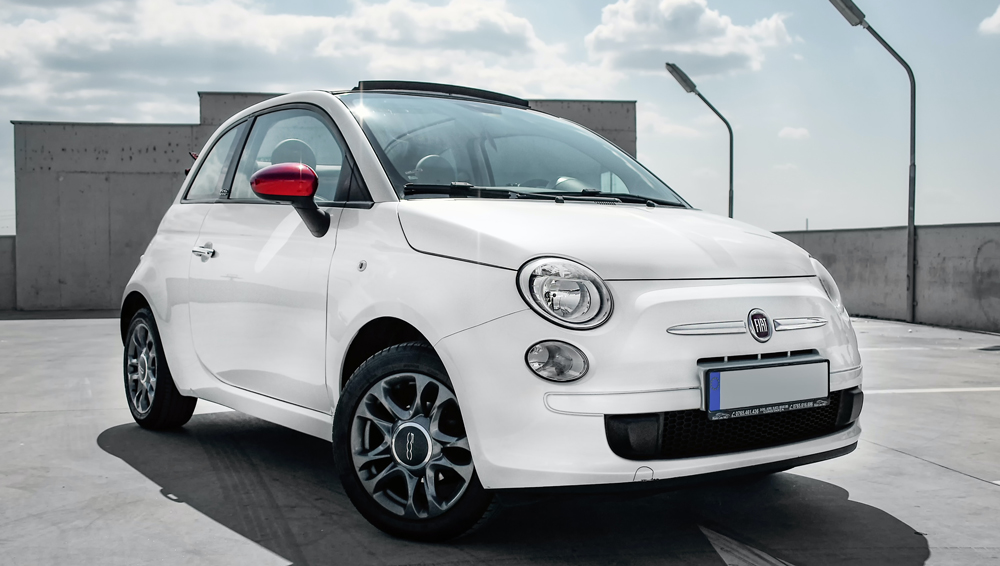
Photo by Arteum.ro on Unsplash
This is a stylish subcompact car with a distinctive design. It’s compact, making it ideal for urban environments, and it’s available in various trims and special editions.
Kia Rio:
The Kia Rio is available as a sedan or hatchback and provides good value for its price. It comes with user-friendly technology and a comfortable interior.
Keep in mind that while these smaller cars offer benefits like manoeuvrability and fuel efficiency, they may have limitations in terms of interior space and overall comfort. Additionally, ensure that the car’s dimensions and features match your preferences and intended use.
Best automatic cars for new drivers
When considering the best automatic cars for new drivers, several factors come into play, including safety, ease of use, affordability, and practicality. Here’s a list of some popular automatic cars that are often recommended for new drivers:
Ford Focus:

Photo by Andrei Ianovskii on Unsplash
The Ford Focus is known for its handling and agility, making it a fun-to-drive option for new drivers. It offers a range of features and is available in both sedan and hatchback models.
Volkswagen Golf:
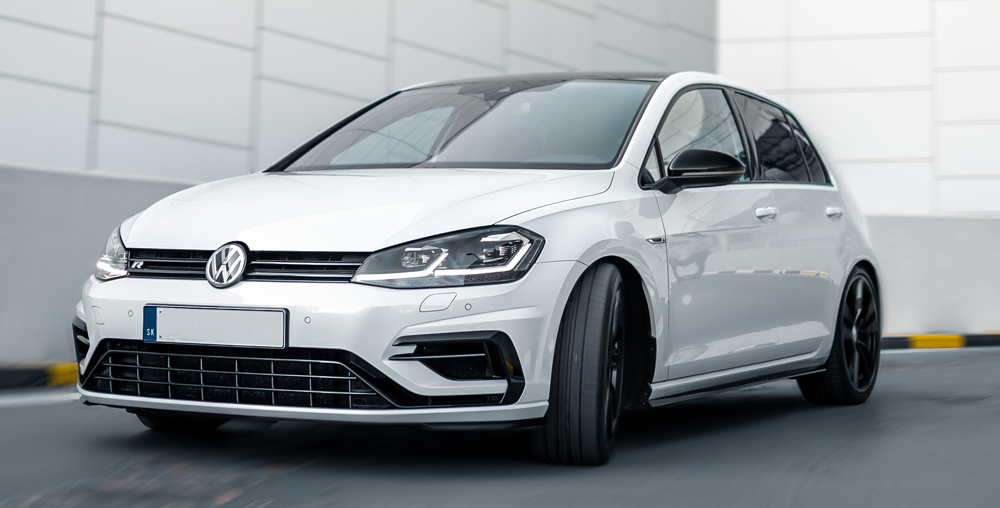
Photo by Martin Katler on Unsplash
The Golf is well-regarded for its solid build quality and comfortable interior. It offers a good balance of performance and practicality.
Honda Civic:
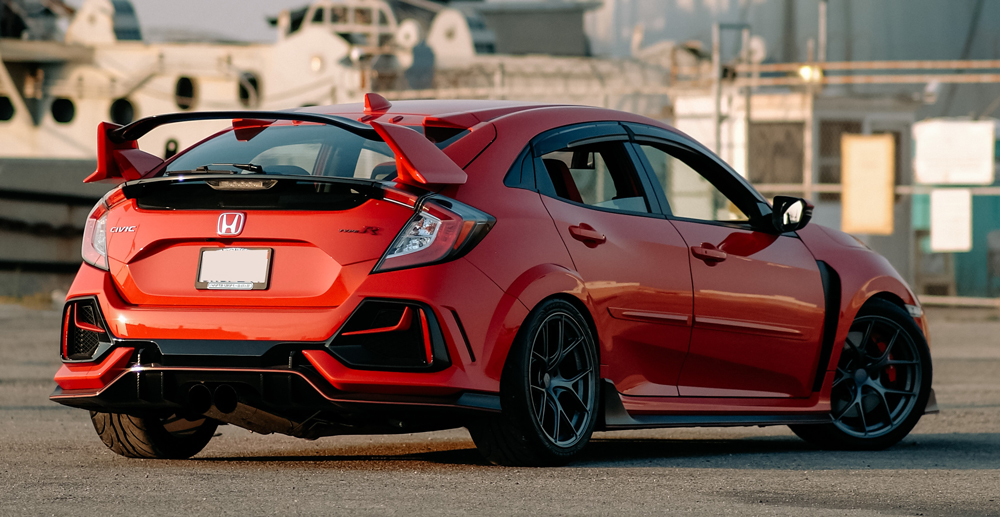
Another reliable and well-rounded option, the Civic offers a comfortable interior, good fuel economy, and a reputation for safety. Its user-friendly technology features can be helpful for new drivers.
Mazda Mazda3:
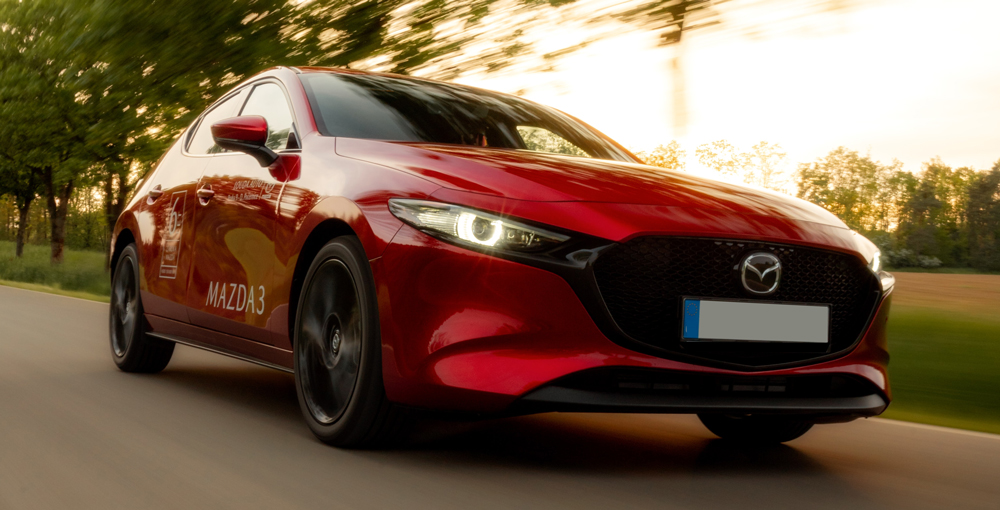
Photo by Václav Pechar on Unsplash
The Mazda3 combines stylish design with responsive handling. It’s a compact car that’s enjoyable to drive and comes with a user-friendly infotainment system.
Remember that the “best” choice can vary based on personal preferences and specific needs. It’s important to consider factors such as budget, size requirements, fuel efficiency, and safety ratings when making a decision. Additionally, test-driving the cars you’re interested in can help you determine which one feels the most comfortable and suits your driving style.
Best cheap cars for new drivers
As a new driver, it may be a good idea to invest in a cheaper set of wheels, whilst you get used to the roads. Take a look at the below potential options.
Toyota Yaris:
The Yaris is a simple and reliable subcompact car that’s easy to handle. It’s available as a sedan or a hatchback and offers good fuel efficiency.
Chevrolet Spark:
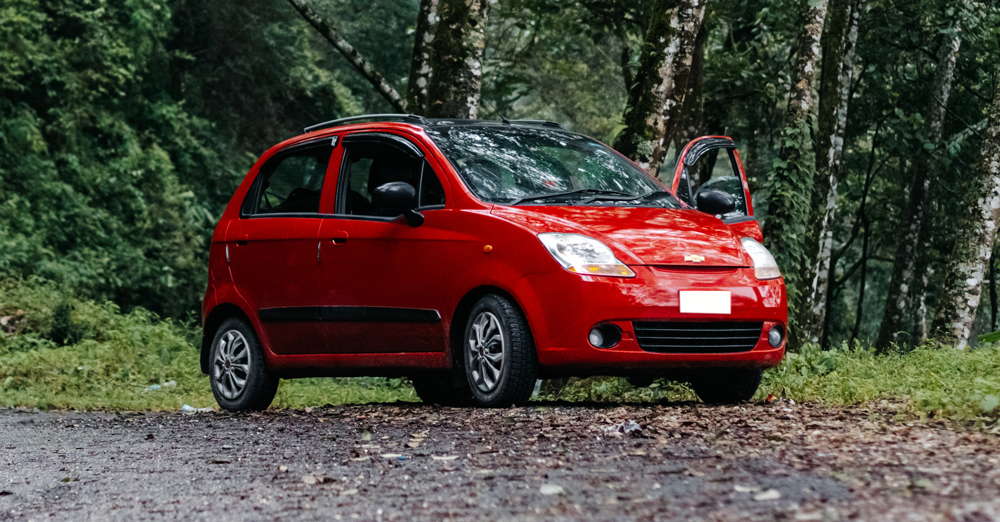
Photo by Jayant Chaudhary on Unsplash
If you’re looking for a very small and affordable option, the Chevrolet Spark is a subcompact car that’s easy to manoeuvre and park, making it suitable for urban environments.
Ford Fiesta:
The Fiesta is a compact car that’s both affordable and fun to drive. It comes in sedan and hatchback variants and offers good fuel economy.
Kia Rio:
The Kia Rio is a budget-friendly option that provides good value for its price. It’s available as both a sedan and a hatchback and offers a decent number of features.
Remember, when choosing a car, it’s essential to consider factors like your budget for purchasing and ongoing maintenance, fuel efficiency, insurance costs, and the specific needs of your location and lifestyle. Additionally, it’s recommended to look for used cars that are a few years old, as they often come at a significantly lower price while still offering modern safety features and reliability.
Best 1 litre cars for new drivers
Ford Fiesta 1.0 EcoBoost:
The Ford Fiesta is a popular choice among new drivers due to its stylish design, good handling, and fuel-efficient 1.0-liter EcoBoost engine. It offers a balance between performance and economy.
Volkswagen Polo 1.0 TSI:
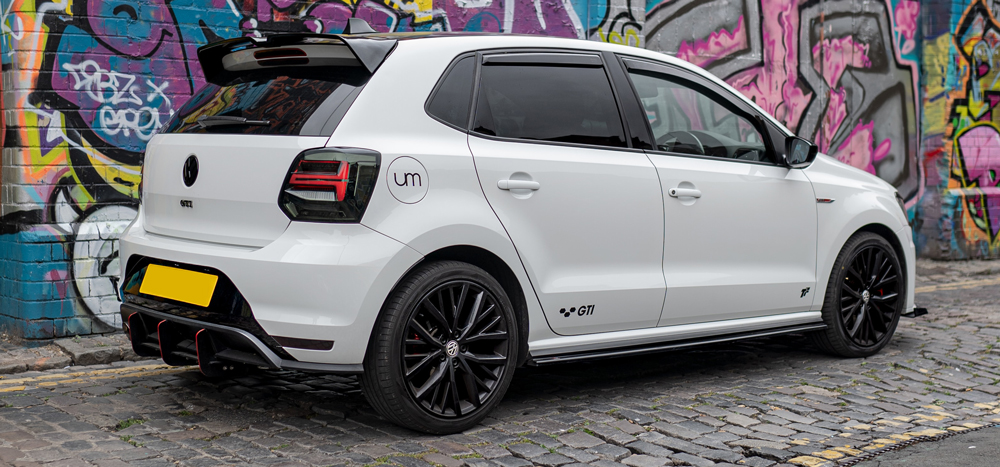
Photo by Tiger Ellis Oatley-Summers on Unsplash
The Volkswagen Polo is known for its solid build quality and comfortable ride. The 1.0-litre TSI engine provides a good mix of power and efficiency, making it suitable for urban and highway driving.
Toyota Yaris 1.0:
Toyota is known for its reliability, and the Yaris offers a dependable 1.0-litre engine. It’s a compact car that’s easy to manoeuvre and comes with a reputation for safety.
Hyundai i10 1.0:
The Hyundai i10 is a small, practical car that’s well-suited for city driving. It has a 1.0-litre engine that’s efficient and a comfortable interior with modern features.
Remember that while engine size is important, other factors such as safety features, driving experience, insurance costs, and maintenance expenses should also be taken into consideration when choosing a car for a new driver. It’s a good idea to test drive a few options and compare their features and specifications before making a decision.
Best big cars for new drivers
Big cars, often referred to as SUVs or crossovers, can provide good visibility and a sense of security on the road. However, they can also be more challenging to manoeuvre, especially for new drivers. Here are some big car options that may be considered suitable for new drivers:
Honda CR-V:
The CR-V is known for its reliability, comfortable ride, and good fuel efficiency among SUVs. It’s not overly large, making it easier to handle than some other SUVs.
Toyota RAV4:
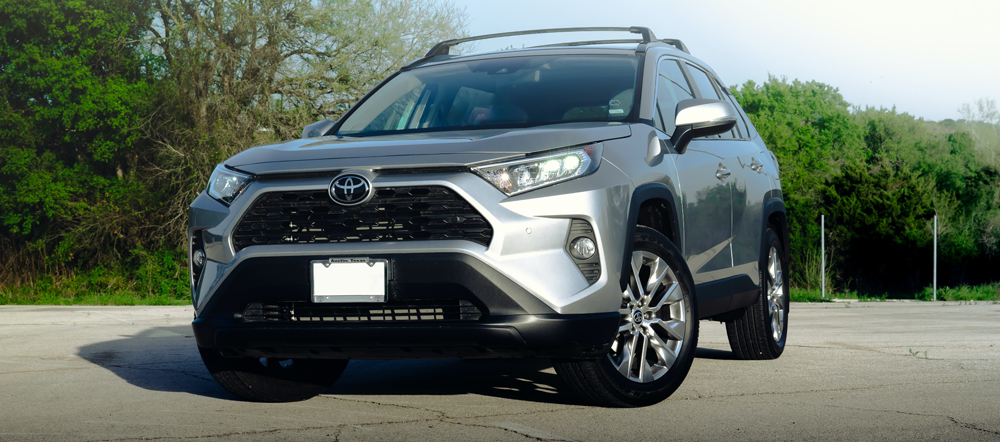
Photo by Krish Parmar on Unsplash
Similar to the CR-V, the RAV4 offers a comfortable ride, good safety features, and a reputation for reliability. It strikes a good balance between size and manoeuvrability.
Kia Sportage:
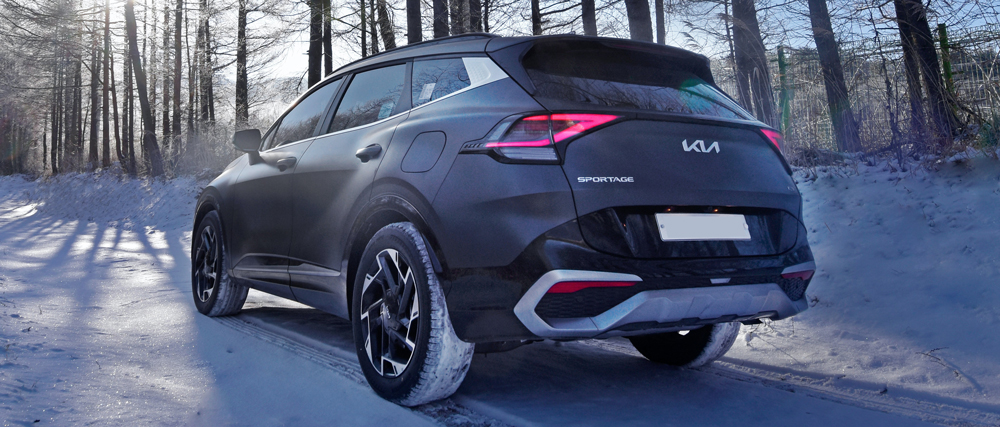
Photo by Hyundai Motor Group on Unsplash
The Sportage is often praised for its value for money, user-friendly technology, and good warranty coverage. Its compact size can be an advantage for new drivers.
Hyundai Tucson:
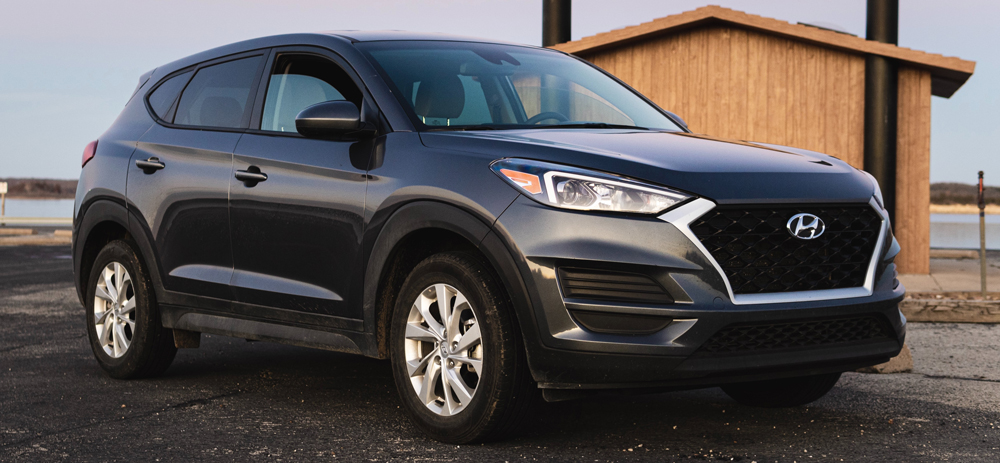
Photo by Duncan Winslow on Unsplash
Similar to the Sportage, the Tucson offers a strong warranty and user-friendly technology. It’s another compact SUV that can be easier to manage.
Remember to consider your own comfort level with driving larger vehicles and take the time to test drive different models to see which one feels the most manageable for you as a new driver.
First car buying recommendations
Buying a car for the first time can be daunting, we’ve prepared a few considerations for first-time buyers. For more information on car buying, make sure to read our guide.
Budget and Financing:
Determine your budget, including not just the car’s price but also taxes, registration, insurance, and potential maintenance costs.
Research financing options:
Explore options such as loans or leases and understand the interest rates and terms.
New vs. Used:
Decide whether you want a new or used car. Buying a used car is generally cheaper but might have higher maintenance requirements.
Mechanical inspection:
If possible, have a trusted mechanic inspect the car, especially if you’re purchasing a used vehicle. This can reveal hidden problems that might not be apparent to the untrained eye.
Mileage and maintenance:
Consider the mileage on the car and how well it’s been maintained. Low mileage isn’t always better if the car hasn’t been properly cared for.
Ownership costs:
Research the expected maintenance costs and availability of parts for the specific make and model you’re interested in.
Fuel efficiency:
Factor in the car’s fuel efficiency, especially if you’ll be doing a lot of driving. A more fuel-efficient car can save you money in the long run.
Safety features:
Check for important safety features such as airbags, anti-lock brakes, electronic stability control, and modern driver-assistance systems.
Insurance rates:
Get insurance quotes for the cars you’re considering, as insurance rates can vary significantly based on the vehicle’s make and model.
Resale value:
Consider the car’s projected resale value. Some cars depreciate more slowly than others, which can affect your long-term costs.
Test drive:
Always take the car for a thorough test drive. Pay attention to how it handles, accelerates, brakes, and any unusual sounds.
Ownership history:
If buying a used car, inquire about the previous owner’s usage, maintenance records, and reasons for selling.
The process of buying a car for new drivers is a significant decision that should be approached with careful consideration. It’s crucial to prioritise safety, affordability, and practicality when selecting a vehicle. Researching various car models, comparing their features, insurance costs, and fuel efficiency, and seeking advice from experienced drivers can provide valuable insights.
Financial aspects, including the cost of the car, insurance premiums, maintenance expenses, and potential loan payments, should be evaluated to ensure that the chosen car aligns with your budget.
Finally, the journey of becoming a proficient driver doesn’t end with the purchase; it’s essential to invest time in practising your skills, gaining experience in different driving conditions, and continually improving your knowledge of road rules and safety practices.
Still looking to secure car finance as a young or new driver? Take a look at how our finance options can help.



